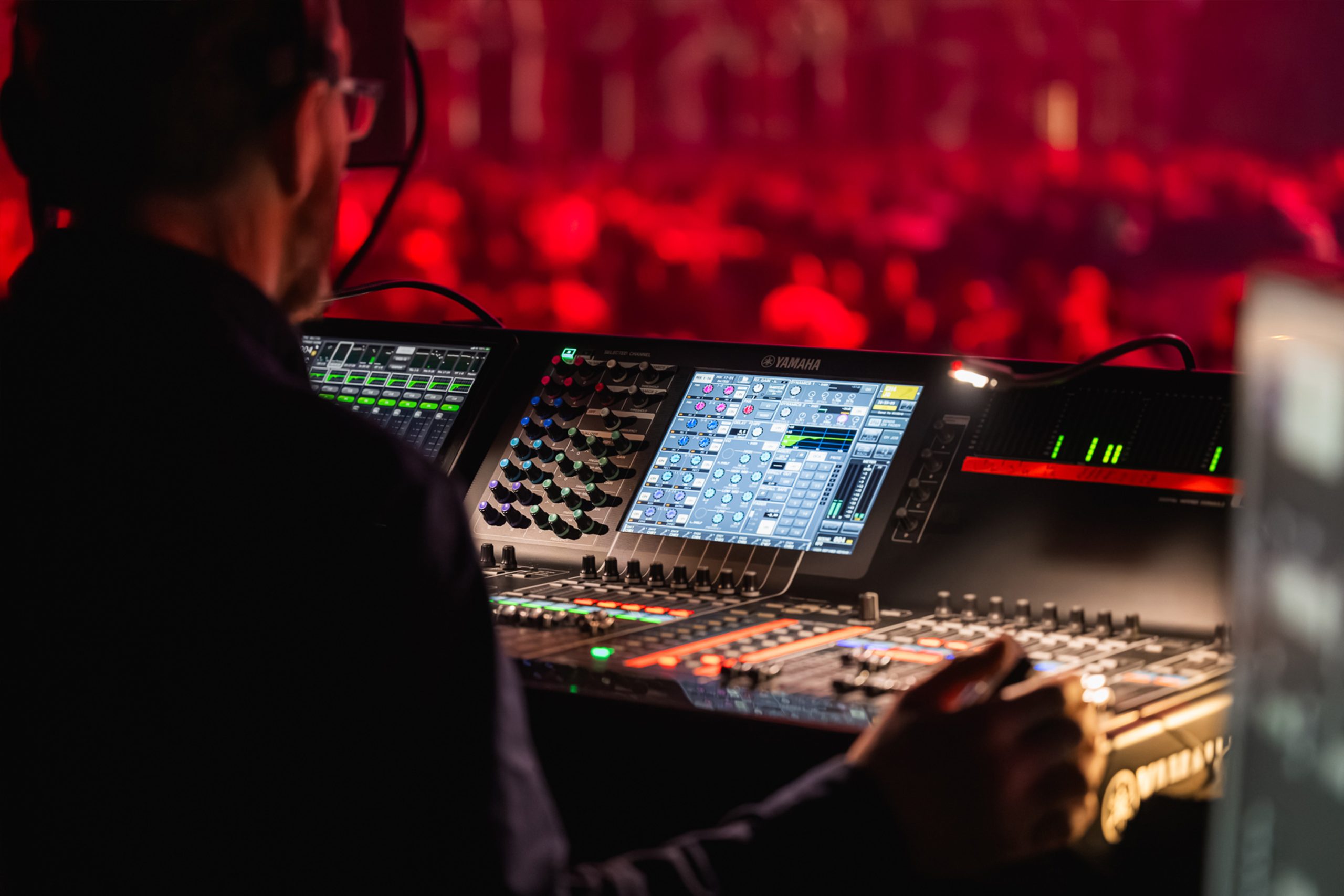Transforming Spectator Engagement Via Immersive Virtual Reality Experiences in Real-time Productions
Transforming Spectator Engagement Via Immersive Virtual Reality Experiences in Real-time Productions
Blog Article
In recent times, digital reality has become a potent tool for enhancing audience involvement in real-time productions. This technology allows audiences to immerse oneself in a three-dimensional setting, creating a unique experience that traditional media cannot duplicate. Through utilizing VR, producers can move viewers into the core of the performance, making them feel as if they are integral of the show. This groundbreaking method not just enchants audiences but also opens up new opportunities for storytelling and interaction.
One of the key benefits of employing VR in live productions is the ability to create a more engaging experience. Viewers can interact with the performance in real-time, shaping the result or discovering different viewpoints. For instance, in a stage production, viewers wearing VR goggles can choose to follow specific characters or scenes, allowing them to customize their experience. This level of interactivity fosters a deeper connection between the audience and the performance, making it more memorable and impactful.
Moreover, VR technology can enhance the visual and auditory elements of a live production. With high-quality graphics and sound design, creators can create stunning settings that draw viewers in. This immersive quality can elevate the overall experience, rendering it more engaging and enjoyable. For instance, a musical performance can be converted into a rich experience, where audience members experience as if they are on stage with the artists. Such improvements not just attract bigger viewers but also encourage repeat attendance, as viewers seek to relive the excitement.
Alongside improving audience engagement, VR can also offer insightful data for creators. Through examining look at this site how audiences engage with the digital environment, producers can gather information on audience likes and actions. This data can guide upcoming performances, assisting to tailor content to better meet the demands and wants of the viewers. As a consequence, VR not just enhances the current experience but also contributes to the development of real-time performances as a complete entity.
With the advancements continues to advance, the potential for VR in live productions is immense. Ranging from theater and musical events to athletic competitions and celebrations, the opportunities are limitless. Through embracing this innovative approach, producers can revolutionize the way viewers engage with real-time entertainment. As an increasing number of producers investigate the incorporation of VR, it is probable that we will see a shift in how shows are designed and delivered, ultimately resulting to a greater immersive and interactive future for live performances.